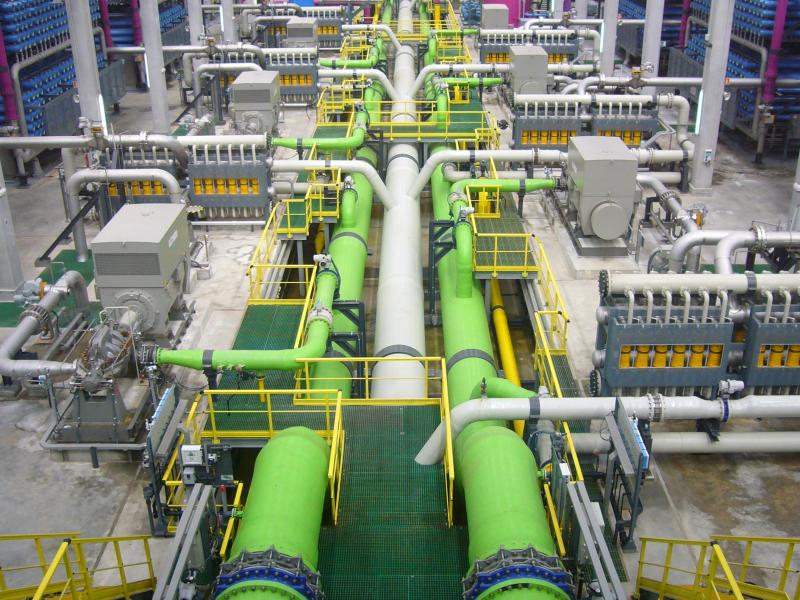Water desalination

Description of the innovative solution
High levels of water stress and water supply instability are currently emerging as key issues and are directly linked to escalating food insecurity. These are expected to further increase due to climate change. This innovation proposes to develop desalination reverse osmosis technology powered by renewable energy such as the sun, wind, and waves to generate reliable and affordable access to clean water. Excess salts are removed from sea water or brackish water converting it into safe potable or usable water. This way, water shortage will be minimized in a huge way, globally. Desalination...
High levels of water stress and water supply instability are currently emerging as key issues and are directly linked to escalating food insecurity. These are expected to further increase due to climate change. This innovation proposes to develop desalination reverse osmosis technology powered by renewable energy such as the sun, wind, and waves to generate reliable and affordable access to clean water. Excess salts are removed from sea water or brackish water converting it into safe potable or usable water. This way, water shortage will be minimized in a huge way, globally. Desalination methods are categorized into thermal processes and membrane processes.
Examples and additional resources
Real-world examples
See this solution in action in different contexts and settings around the world
Minjur Desalination Plant, Tamil Nadu, India
Additional resources
Learn more about this solution through studies, articles, business cases, and other information
Desalination methods for producing drinking water
Contacts
Connect to others working on and with this solution around the world
Pathways to uptake
Engage with our “backcasting tool” to imagine and design “pathways to uptake” for this solution in your setting.
This process involves defining a future vision of this solution being used in your context, and then working “backwards” to identify necessary steps to achieve this vision by 2030. Going through this exercise as an individual or with a team can help to clarify the WHAT/WHEN/HOW of moving a solution (or package of solutions) towards having major impact. We hope these pathways will inspire outside-of-the-box thinking, creative approaches, and actionable concrete steps to move ideas into action.
Pathway builder
Explore pathways for this solution
Be the first one and add a pathway for this solution!